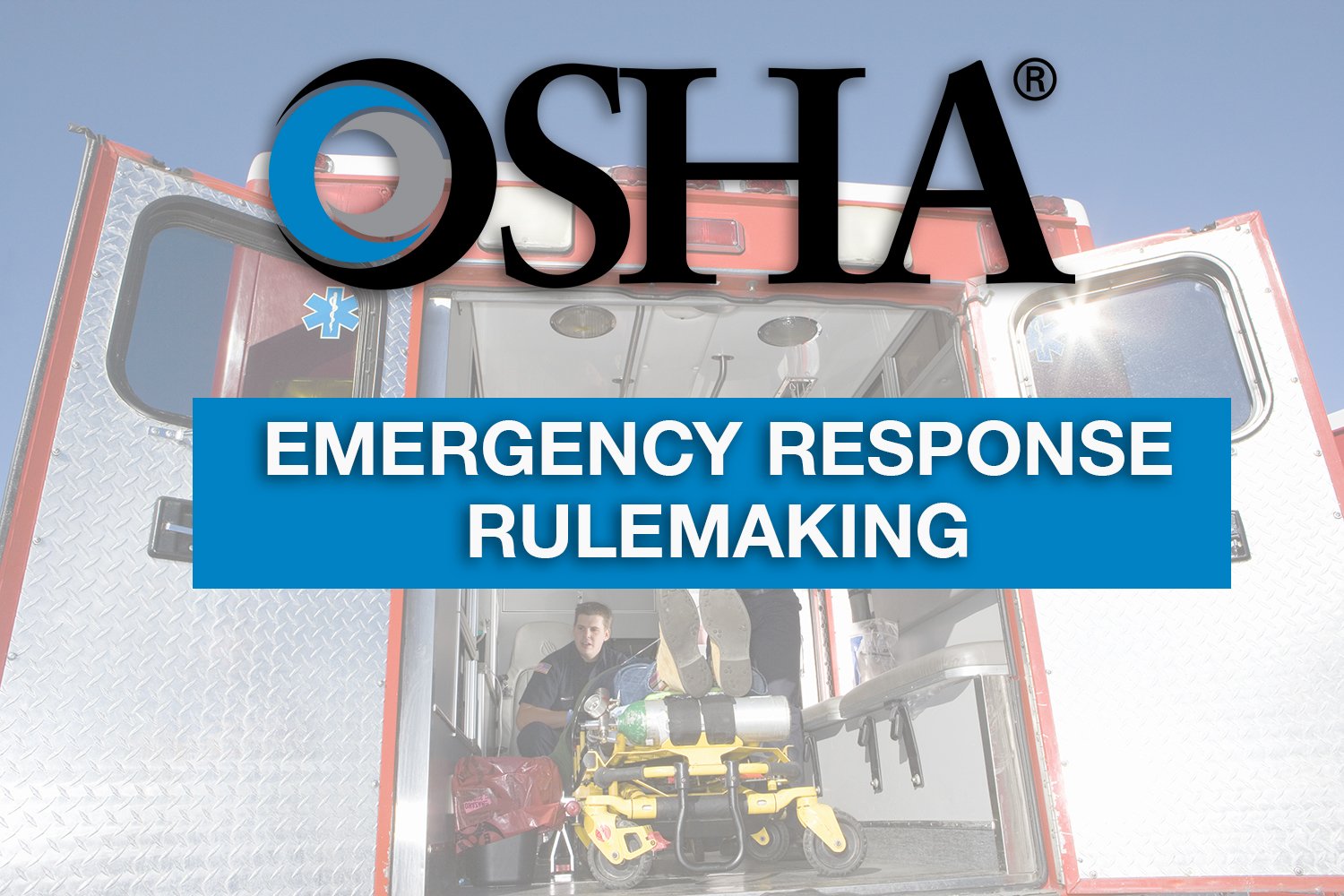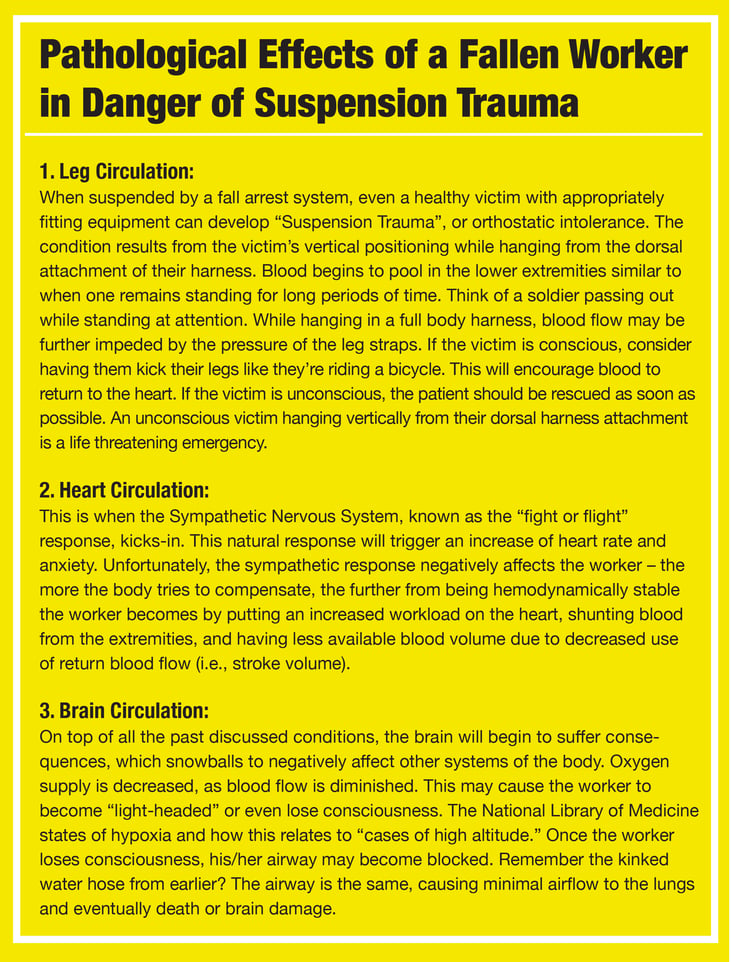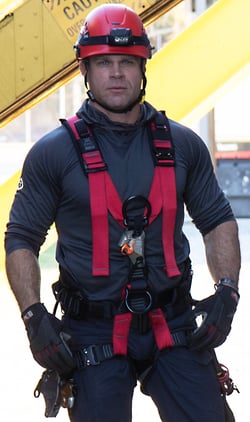 QUESTION:
QUESTION:
What's the difference between a fall arrest and a fall restraint system, and in what situations should each be used? Are there any regulations or best practices to follow?
ANSWER:
 Fall Arrest vs. Fall Restraint:
Fall Arrest vs. Fall Restraint:
A fall arrest system is designed to stop a fall that is already occurring. It includes components such as a full-body harness, a lanyard, and a secure anchorage point, all aiming to safely catch the worker if they fall, minimizing injury during the deceleration process. In contrast, a fall restraint system prevents the worker from reaching a point where a fall could occur. This system involves a tether attached to a worker's harness, restricting movement to a safe distance from the edge.
Minimum Requirements vs. Industry Best Practices:
OSHA regulations are considered minimum requirements and govern both fall arrest and fall restraint systems, ensuring they meet the baseline for strength, durability, and performance. For fall arrest systems, these requirements specify a maximum arresting force of 1,800 pounds when using a body harness and necessitate anchorage points capable of withstanding at least 5,000 pounds of force. Additionally, these regulations limit the maximum deceleration distance to 3.5 feet and the maximum free fall distance to 6 feet.
The standards found in ANSI Z359 are generally considered industry best practices and provide more comprehensive guidelines for both types of systems. For fall arrest systems, they outline specifications for each component, including design, testing, and compatibility requirements. They emphasize using energy-absorbing lanyards to reduce arresting force, require harnesses to evenly distribute forces across the body, and insist on proper maintenance schedules to ensure continued performance. For fall restraint systems, industry best practices focus on prevention, recommending adjustable tethers and lanyards to limit workers' reach and ensuring all components are rated for their intended use and compatible with each other. They also outline regular inspection and maintenance requirements to ensure system reliability.
 Choosing Between Fall Arrest and Fall Restraint:
Choosing Between Fall Arrest and Fall Restraint:
The choice between a fall arrest or fall restraint system depends on the work environment and the tasks being performed. If it's possible to completely prevent a fall by using a restraint system, this is often the preferred approach due to its preventive nature. However, in situations where workers must work near or beyond the edge of a fall hazard, and restraint is not feasible, fall arrest systems are necessary.
For example, in rooftop maintenance, where workers are scheduled to perform routine checks on HVAC units and solar panels on the top of a building, a fall restraint system may be preferred. The workers use a tether attached to their harnesses, anchored to points on the roof, restricting their movement and preventing them from reaching the roof's edge or getting too close to skylights or other openings. In contrast, in steel framework construction, where workers are assembling a new steel structure for an extension of the facility, a fall arrest system might be necessary. This task involves maneuvering across beams at significant heights, climbing ladders, and working near edges. A fall arrest system allows this flexibility while providing safety, catching workers if they fall, and minimizing injury during the deceleration process.
By distinguishing between fall arrest and fall restraint systems and understanding both minimum requirements and industry best practices, workers and employers can take proactive steps to mitigate the risks of working at heights. The goal is to stop falls, ensuring every worker returns home safely at the end of the day.
 Chris Warrick, NRP is a Nationally Registered Paramedic, Confined Space Rescue Technician, and EMS educator who serves as Medical Program Manager at Roco Rescue.
Chris Warrick, NRP is a Nationally Registered Paramedic, Confined Space Rescue Technician, and EMS educator who serves as Medical Program Manager at Roco Rescue.










